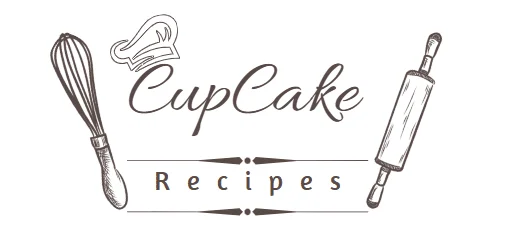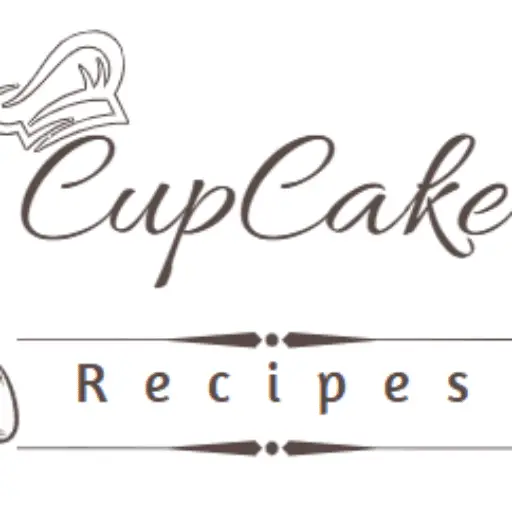“`html
[ez-toc]
In the dynamic world of online content creation, gaining insights into food blog earnings can be both exciting and challenging. As we evaluate the first quarter of 2019, understanding how Food Blog Earnings have evolved is crucial for bloggers wanting to maximize their income and continue growing their platform. This exploration offers a comprehensive guide into the tactics that helped our blog thrive, featuring an analysis of ingredients involved in our success and the impact of strategic adjustments.
Ingredients List
Beyond recipes, a successful food blog requires a blend of essential components, much like the perfect dish that delights both visually and in taste. Our primary ingredients for success this quarter included engaging content, improved SEO practices, and intimate audience connections.
- Engaging Content: Creating valuable and authentic content that resonates with audiences. This involves crafting mouth-watering recipes, developing unique food stories, and capturing immaculate photography.
- SEO Optimization: Implementing strategic SEO practices to enhance discoverability. This includes incorporating relevant keywords, optimizing image tags, and utilizing backlinks effectively. For more on this, consider learning how to improve SEO for Food Bloggers.
- Audience Engagement: Connecting deeply with readers through interactive content, responding to comments, and encouraging collaboration. Building a community around your brand is pivotal.

Understanding these core ingredients is just the beginning. For more inspiration, see how our quarterly insights can enhance your Food Blog Earnings. Factor in your unique blend of creativity and analytics to elevate your blog’s potential.
Timing
In the essence of cooking and blogging alike, timing is everything. Establishing a consistent posting schedule was instrumental in capturing those audience engagement waves. Based on analysis during the first quarter, ideal posting times coincided with peak traffic hours when our audience was most active online.
Key strategies included:
- Analyzing Engagement Metrics: Understanding when content garnered the highest engagement helped refine our posting schedule. For instance, Mondays and Wednesdays saw significant traffic surges.
- Maximizing Seasonal Opportunities: Utilizing seasonal and holiday trends fostered spikes in viewer interest, such as creating themed content around St. Patrick’s Day or Easter.
- Synchronous Social Media Posts: Sharing and promoting content contemporaneously across all social media channels amplified reach and visibility.
For bloggers looking to enhance food blog income report earnings, it’s essential to synchronize cooking instincts with data-driven decision-making—timing coordinated with reader habits can significantly boost visibility and engagement.
Step-by-Step Instructions
Step 1: Crafting High-Quality Content
Quality content serves as the foundation of any successful food blog. This involves meticulous recipe testing, ensuring clear instructions, and presenting visually appealing images that get the taste buds tingling.
Step 2: Optimizing SEO Tactics
Effective search engine optimization remains a critical component. Start with comprehensive keyword research to find phrases like food blog earnings naturally fitting your niche and integrate them across your content, headings, and URL slugs.
Step 3: Enhancing Visual Appeal
Images speak volumes in food blogging. Investing in high-quality photography enhances reader engagement. Use images strategically, ensuring attributes like alt-text include keywords, e.g., “Food Blog Earnings recipe,” to aid searchability.
Step 4: Engaging with Your Audience
Responding to comments, hosting Q&A sessions, or nurturing relationships through newsletters builds a community that feels valued. This personal touch encourages readers to return, impacting your blog’s growth significantly.
Step 5: Analyzing and Adapting
Regularly evaluate your analytics dashboard to comprehend what resonates with your audience. Adapt your strategies based on those insights. A flexible approach that reacts to audience needs is crucial.
Nutritional Info
Understanding nutritional information not only makes your recipes more valuable but also attracts health-conscious readers who are likely to share and return, boosting your Food Blog Earnings. Each calorie, macro, and micro gives insights into not only the culinary delight your post offers but also its health implications:
- Calories: Showcasing the energy content aids those monitoring intake.
- Macronutrients: Featuring proteins, fats, and carbohydrates emphasizes balanced dietary details.
- Ingredient-Specific Health Benefits: Highlighting health benefits of ingredients, such as antioxidant-rich blueberries or protein-packed quinoa, can appeal to specific dietary preferences.
Healthier Alternatives
Providing healthier alternatives can attract diverse reader segments interested in nutrition without compromising on taste. Consider substitutions that maintain texture and flavor:
- Flour Options: Swap all-purpose flour with almond flour for gluten-free recipes.
- Sweetener Substitutes: Use natural sweeteners like honey or maple syrup instead of refined sugars.
- Fat Replacements: Greek yogurt or mashed avocado can substitute for butter to reduce saturated fat in baking.
Discussing the pros and cons of each substitution not only helps readers understand flavor and texture changes but also fosters a sense of inclusivity. Provide flavor tips and notes on what to expect from these changes for complete educational value.
Serving Suggestions
Creative serving suggestions enhance the appeal of any recipe, presenting opportunities for readers to enjoy dishes in unique ways. Suggesting portion sizes, garnish ideas, or pairing tips can elevate a simple recipe to a gourmet experience.
Consider these serving ideas:
- Occasional Dishes: Get festive by aligning dishes with holidays or even kids’ parties. For instance, themed cutlery or edible garnishes can capture imagination.
- Pairing Options: Suggest delicious drink pairings or complementary side dishes that harmonize flavor profiles.
- Presentation Tips: Inspire readers to add that professional touch when plating for family gatherings, like using fresh herbs or citrus zest for visually appealing enhancements.

Common Mistakes to Avoid
Just as in cooking, where overlooking a crucial step can ruin a dish, blogging has pitfalls that can hinder food blog earnings. Here are some mistakes to watch out for:
- Inconsistent Posting: Losing momentum with irregular posts decreases your chances of remaining relevant on search engines.
- Neglecting SEO Best Practices: Overlooking essential SEO elements, such as meta descriptions or alt texts, can limit your reach.
- Ignoring Analytics: Failing to monitor your blog’s performance misses opportunities for data-driven improvements. Ignorance isn’t bliss when it comes to growth.
Storing Tips
Each good dish comes with optimal storing techniques, ensuring freshness is extended. Proper storage isn’t just practical; it can be an engaging topic within your blogging narrative suitable for audience interaction. For more, you can check these Fridge Storage Tips.
- Avoid Condensation: Let dishes cool before covering to prevent sogginess from trapped steam.
- Utilize Airtight Containers: Maximize freshness and prevent odors from permeating.
- Clarify Freezing Guidelines: Offer clarity on what dishes can be frozen without losing quality, and maintain instructions clear for reheating.


